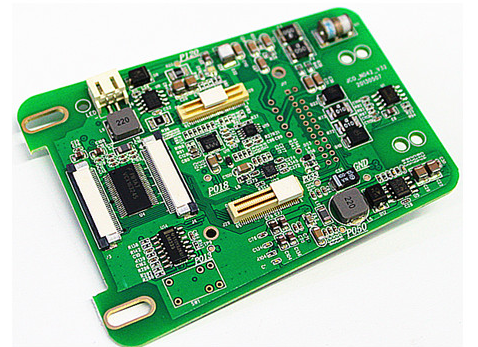PCB (printed circuit board) is the support body and electrical connection carrier of electronic components. The global PCB industry output value accounts for more than 1/4 of the total output value of the electronic component industry, and the industrial scale reaches 60 billion US dollars. Due to China’s huge domestic demand market, low labor costs and complete industrial facilities, global PCB production capacity has continued to shift to China since 2000. Since 2006, mainland China has surpassed Japan to become the world’s largest PCB producer. .
Judging from the list of China's printed circuit rankings, the PCB industry in mainland China has developed rapidly in terms of production capacity for more than a decade. In terms of sales,

in the first ranking released in 2002, only 28 companies had sales revenue of more than 100 million yuan in 2001, and Guangzhou Tianli ranked first with sales of 1.30 billion yuan. Since 2005, the number of companies that can enter the rankings has reached 100. By the fifteenth session of 2016, there were 131 companies with a comprehensive PCB business revenue of 100 million yuan, which was 4.7 times that of the first session. In terms of revenue, Zhending Technology, the number one comprehensive enterprise, has reached 16.819 billion yuan, which is 13 times that of Guangzhou Tianli, the first one 15 years ago. From the perspective of regional development, the top 100 PCB companies are mainly distributed in Shenzhen, Huizhou, Suzhou, Shanghai, Kunshan, Taiwan, Hong Kong and other regions.
Domestic PCB products are moving from low-end to high-end
Now, China's PCB industry has entered a period of steady development, and products are mainly concentrated in low-end PCBs with cost advantages. According to market data compiled by the China Commercial Industry Research Institute, in 2016, the domestic market for rigid boards and composite boards accounted for 13.0% and 3.7%, respectively, while the market share of 4-layer, 6-layer and 8- to 16-layer boards They were 19.1%, 13.5%, and 10.4%, respectively. IC substrates and 18-layer and above high-rise boards accounted for relatively small sales, which were only 2.7% and 1.2%, respectively. The market share of HDI boards and flexible boards is 16.5% and 17.1%, respectively. With the continuous improvement of technology in China’s PCB industry, the product structure is gradually optimizing, the proportion of traditional products single/dual-panel and multilayer board sales is gradually decreasing, high-tech, high-value-added HDI boards, packaging substrates, and flexibility The proportion of sales of boards and other products has continued to increase.
China's PCB industry has gone through an extraordinary path from catching up to surpassing. At present, China's PCB industry has accounted for nearly 50% of the global PCB industry and has become the world's largest PCB supply base. This will be best proved from the Shenzhen International Circuit Board Sourcing Exhibition (CSShow 2017). From August 29th to 31st this year, CS Show 2017 will be held for the fourth time. This kind of industry exhibition with the theme of PCB/FPC procurement, the exhibition area and the number of visitors have repeatedly reached new highs, which fully shows that the global PCB development center is now Transfer to China. However, China still has a long way to go before it can become a real PCB power. Previously, industry experts have reminded that PCB companies should pay attention to the fact that China's PCB industry will not continue to grow at a high speed in the future, and the product structure of PCB will have major changes, density will increase, and difficulty will increase. Therefore, PCB companies must optimize processes and continuously improve their automation and intelligence capabilities.